Introduction
Zongzi, a beloved traditional Chinese snack, has captured the hearts and palates of food enthusiasts worldwide. These pyramid-shaped delights, crafted from glutinous rice, aromatic leaves, and an array of savory or sweet fillings, are deeply rooted in cultural heritage, particularly associated with the Dragon Boat Festival. However, as modern lifestyles prioritize convenience, freezing zongzi has become a common practice to preserve their freshness for extended periods. This shift raises a critical question for both culinary novices and seasoned chefs: Should frozen zongzi be thawed before heating, or can they be reheated directly from the freezer? This article delves into the science, techniques, and cultural nuances surrounding this debate, offering a comprehensive guide to achieving the perfect texture and flavor every time.
The Science Behind Freezing Zongzi
To understand whether thawing is necessary, one must first grasp how freezing affects the ingredients. Zongzi consists of three primary components: glutinous rice, fillings (such as red bean paste, pork belly, or salted egg yolk), and wrapping leaves (typically bamboo or reed). When frozen, the water molecules within these ingredients form ice crystals, which can alter the food’s cellular structure. Glutinous rice, rich in starch, is particularly susceptible to texture changes. Freezing disrupts the rice’s starch granules, causing them to retrograde—a process where starch molecules realign into a crystalline structure, leading to a firmer, sometimes drier consistency upon reheating.
The leaves, while not edible, play a pivotal role in flavor infusion and moisture retention. Freezing can cause the leaves to become brittle, potentially compromising their ability to seal in aromas and juices during reheating. Fillings, depending on their fat and moisture content, may also undergo separation or texture shifts. For instance, fatty pork fillings might solidify when frozen, requiring careful reheating to restore their melt-in-the-mouth tenderness.
Common Heating Methods: Pros and Cons
The decision to thaw or not thaw often hinges on the heating method employed. Below, we explore four popular techniques, analyzing their suitability for frozen zongzi.
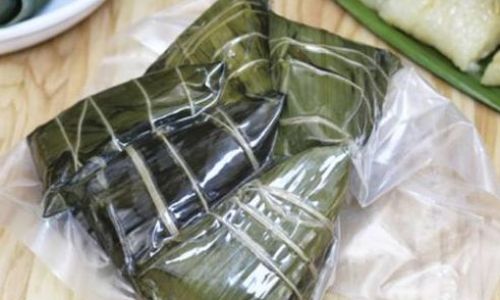
Steaming: The Traditional Approach
Steaming is widely regarded as the gold standard for reheating zongzi, as it gently warms the rice and fillings while preserving moisture. When using frozen zongzi, steaming without thawing is entirely feasible. However, the cooking time must be extended to ensure even heating. A general rule is to add 5–10 minutes to the usual steaming duration (typically 15–20 minutes for fresh zongzi). Placing frozen zongzi in a steamer basket over boiling water, with the lid tightly secured, allows steam to penetrate the leaves and rice gradually. Thawing before steaming can reduce cooking time but may lead to uneven results if the zongzi is partially defrosted, as outer layers might overcook while the center remains cold.
Boiling: A Quick yet Risky Option
Boiling frozen zongzi is a speedy alternative but demands caution. Submerging frozen zongzi directly into boiling water can cause the leaves to split or the rice to become waterlogged. To mitigate this, some chefs recommend thawing slightly (e.g., placing the zongzi in the refrigerator for 2–3 hours) before boiling. However, if time is limited, boiling from frozen is possible by maintaining a gentle simmer rather than a rolling boil. This method ensures the zongzi cooks evenly without disintegrating. The key is to avoid rapid temperature fluctuations, which can stress the leaves and rice.
Microwaving: The Modern Convenience
Microwaves offer unparalleled speed but require precise handling to prevent texture issues. Frozen zongzi can be microwaved directly, but the results often vary. Without thawing, the exterior may dry out or harden before the interior reaches a safe temperature. To counteract this, wrap the frozen zongzi in a damp paper towel and microwave on medium power (50–70%) in 30-second intervals, checking for doneness. Thawing briefly (10–15 minutes at room temperature) before microwaving can yield more consistent results, as it allows moisture to redistribute evenly.
Oven Baking: For Crispy Enthusiasts
While less common, oven baking imparts a delightful crispiness to the zongzi’s exterior. This method is best suited for thawed zongzi, as direct baking from frozen can lead to uneven cooking. Preheat the oven to 350°F (175°C), wrap the thawed zongzi in foil, and bake for 15–20 minutes. The indirect heat ensures thorough warming without drying out the rice. However, this technique is not recommended for frozen zongzi due to the prolonged cooking time required, which can result in a leathery texture.
The Thawing Debate: Science vs. Convenience
Advocates for thawing argue that it promotes even heating and preserves texture. When zongzi is allowed to defrost gradually (e.g., in the refrigerator overnight), the ice crystals melt slowly, minimizing cellular damage to the rice and fillings. This method also reduces cooking time, making it ideal for those seeking efficiency without sacrificing quality. However, thawing requires advance planning and may pose food safety risks if not executed properly. Bacteria can multiply rapidly in the “danger zone” (40°F–140°F or 4°C–60°C), so thawed zongzi should be reheated immediately and not left at room temperature for extended periods.
On the flip side, reheating from frozen eliminates the need for thawing, offering unparalleled convenience. Modern appliances like high-powered microwaves and pressure cookers can compensate for the extended cooking time, delivering satisfactory results. However, skipping thawing may result in slightly drier rice or unevenly heated fillings, particularly in larger zongzi.
Food Safety Considerations
Regardless of the method chosen, food safety must remain paramount. Frozen zongzi should be stored at 0°F (-18°C) or below to inhibit bacterial growth. When reheating, ensure the internal temperature reaches 165°F (74°C) to eliminate pathogens. Avoid refreezing thawed zongzi, as repeated freezing and thawing degrade texture and increase contamination risks.
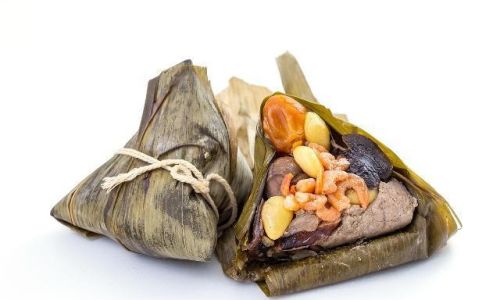
Texture and Taste: Does Thawing Make a Difference?
Anecdotal evidence suggests that thawing enhances the zongzi’s texture, particularly the rice’s chewiness and the fillings’ integration. Thawed zongzi reheated via steaming often exhibit a softer, more cohesive structure, as the gradual melting of ice crystals allows starch molecules to rehydrate. Conversely, frozen zongzi reheated without thawing may have a slightly grainier texture, though this is often mitigated by proper cooking techniques.
Flavor-wise, thawing allows the leaves’ aromatic oils to re-infuse the rice, intensifying the zongzi’s signature fragrance. However, this difference is subtle and may go unnoticed by casual eaters. Ultimately, the choice between thawing and not thawing hinges on personal preference and situational constraints.
Cultural Practices and Regional Variations
Traditionally, zongzi were consumed fresh, with freezing being a modern adaptation. In regions like Guangdong and Zhejiang, where zongzi are often made with rich, fatty fillings, thawing is recommended to preserve the filling’s luxurious texture. Conversely, in northern China, where simpler, sweet zongzi are more common, reheating from frozen is acceptable due to the fillings’ stability.
Expert Tips for Perfect Zongzi Reheating
- Label and Date: Clearly mark frozen zongzi with the date to ensure freshness.
- Uniformity Matters: Arrange zongzi in a single layer during reheating to promote even heating.
- Resting Period: Allow reheated zongzi to rest for 2–3 minutes before unwrapping, as residual heat continues cooking and firms the texture.
- Add Moisture: When microwaving, sprinkle a few drops of water on the zongzi or use a microwave-safe lid to trap steam.
- Avoid Overcooking: Overheating zongzi, whether thawed or frozen, leads to mushy rice and leached fillings.
Conclusion
The debate over thawing frozen zongzi before reheating boils down to balancing convenience, texture, and flavor. While thawing offers marginal improvements in quality, modern appliances and techniques have rendered it optional for many. The key lies in understanding your heating method’s nuances and adjusting accordingly. Whether you opt for the slow-and-steady steam, the quick microwave fix, or the crispy oven finish, the goal remains the same: to honor this ancient culinary tradition while adapting it to the rhythm of contemporary life. So, the next time you retrieve a frozen zongzi from the depths of your freezer, remember—there’s no single “right” answer, only the joy of savoring a bite of history, tailored to your taste.

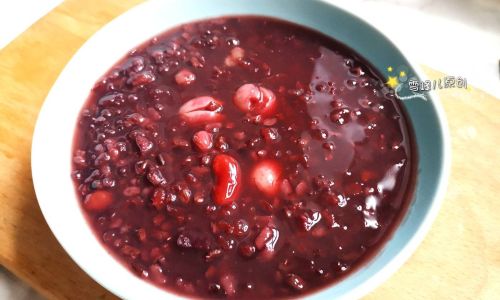
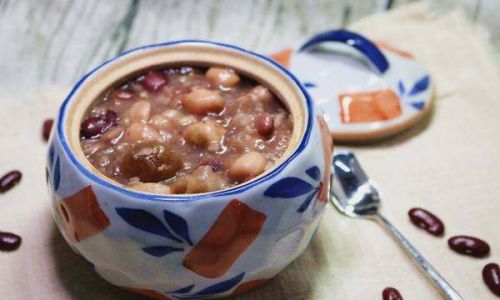
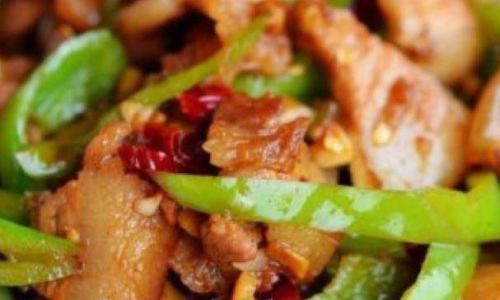
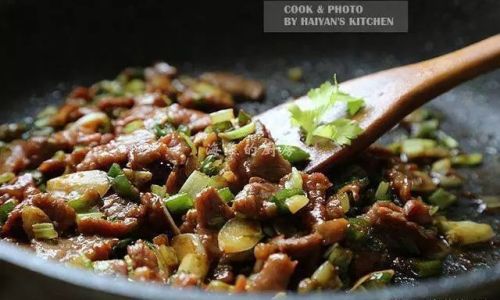
0 comments